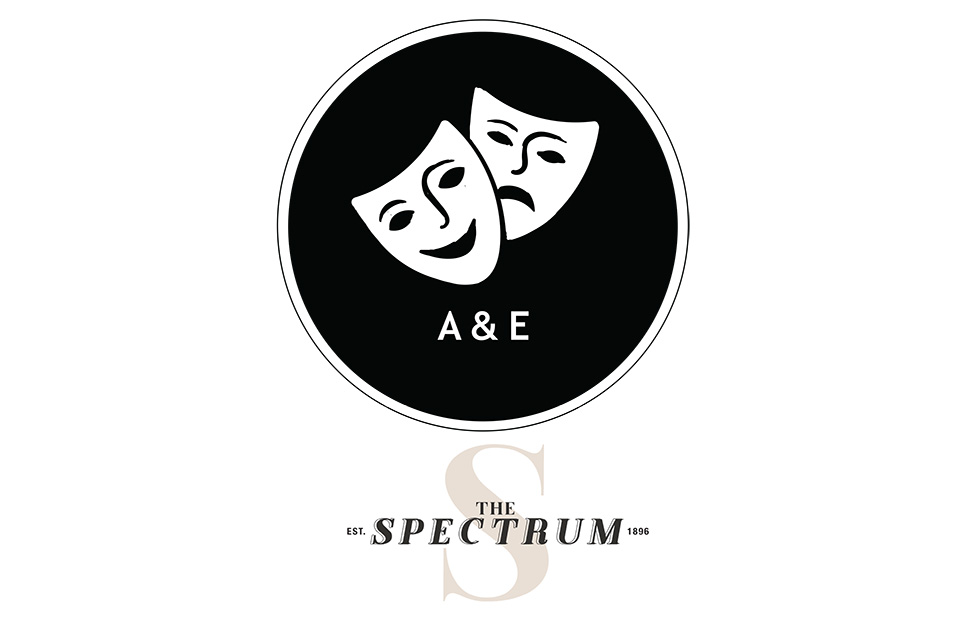R. J. Kern’s exhibit at Plains Art Museum shows faces of last place

Straw scattered ground, bits of cinder block, a plain backdrop and determination. Looking at R. J. Kern’s The Unchosen Ones currently on display at Plains Art Museum, it is hard to believe the contestants and their animals all came in last place. There is an air of defiance, of hope and of pride on the young faces that makes you question the judges’ ruling despite not being at the competition.
This feeling is not out of place as Kern says empathy is a key component to the exhibit. “So the project really pays honor to that hard work and a reminder of the importance of the things in life we can control. Attitude is the single thing we can control and we can decide to have a good attitude or a bad attitude. So this project, The Unchosen Ones, really kind of showcases the last place contenders at 10 different county fairs in Minnesota,” said Kern.
Kern spent the summer of 2016 traveling around to Minnesota county fairs and watching 4-H goat and sheep shows in order to get the photos of the contestants. Kern says he learned a lot from the experiences. “I learned so much because it’s equal science and tradition and culture and families and it’s fun,” He said.
The tradition of county fairs and their link to animal husbandry is also explored.
Kern points out Gus and Doolittle, Mahnomen County Fair, Minnesota, 2016, “Gus was Reserve Champion, which means second place and he was second out of two. And as I wrote in National Geographic magazine, I said I just hope county fairs will be around in a hundred years, because they’re getting smaller. And if you look at the roots of county fairs, it goes back to animal husbandry. It’s not everything on a stick and, you know, food and roller coaster rides and all of that.”
Although a backdrop is used, the photos show the space past the backdrop. Retaining a sense of place was important to Kern as well as showing life’s messiness.
“I think the backdrop has been used 150 years in photography. It is a formal component of composition. Yet I’m not interested in this hyper-curated, you know, close-up copy that looks like it could have been done at a photography studio. I am interested in the messiness. ‘Life is messy’ as we say and there is beauty in that as well, ” said Kern.
This formal component also added a sense of respect for the children, as he had promised their parents he would show the contestants in the best possible light.
The photographer also joked that he keeps his artistic license and cultural geographer’s license next to one another in his wallet, making a sense of place essential.
“The context that these were created in a fair, in a county fair, is important and we can garner important information about, you know, materials, there’s background, there are some of them that also have some people in the background moving and stuff like that, ” he explained.
As for the proud defiant poses of the contestants with their animals, Kern says it was the contestants that posed themselves.
“In terms of direction, you know, they’re right off the judging line so their emotions are pretty raw. All I did was I asked them one question: ‘Could you show me what next year’s grand champion would look like?’ So it plants this seed of hope for the future. So even though this year they didn’t win, maybe they will next year,” he said.
Kern motioned towards the first photo in the Plains Art Museum’s exhibit, Kenzi and Hootie, Anoka County Fair, Minnesota, 2016, “I know Kenzi and Hootie, the following year, she did get Grand Champion in that division. “
The relationship built on trust that Kern has forged with the contestants and their families has spanned multiple years, “I’m not laughing at them and garnering that trust is really important so that comes through with the relationship that’s developed.”
Sometimes these relationships lead to humorous conversations, as was the case with brothers Bryce and Nathan, “We were at the Isanti county fair and they had their sheep Freaky Freddy and Skittles. Their names are really funny and I saw them two years later and I asked them ‘Hey how’s Freaky Freddy and Skittles?’”
Kern laughed, “and they kind of looked at each other and were like ‘They’re in our freezer.’ You know, they use these animals and I think it’s easy to, when you give something a name, to become attached to it like they’re pets. But these are working animals, they’re being used and this is a business, too. So I thought it was a pretty funny touchpoint.”
In addition to the reception held on Dec. 5 at Plains Art Museum, Kern discussed his work with groups of fourth-graders Dec. 6. “I think having the kids programming is really important given the subject matter and the audiences we wish to engage,” he said.
Kern also set up a backdrop and polaroid cameras to talk to kids about posing and give them the opportunity to take a snapshot during the Kids Quest Dec. 7.
The Unchosen Ones: Photographs by R. J. Kern will be exhibited at the Plains Art Museum until Feb. 22, 2020. General admission to the Plains Art Museum is free.
